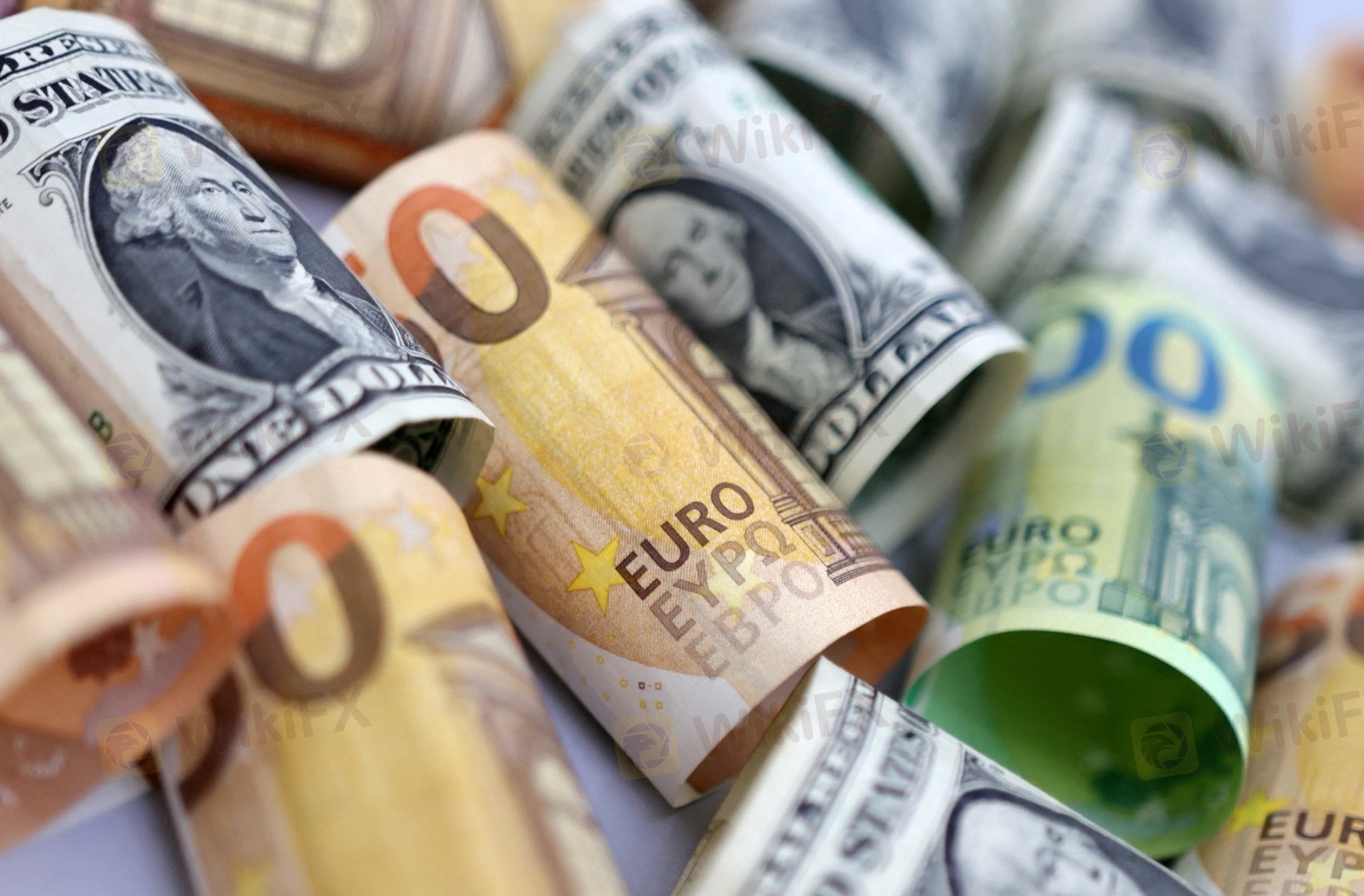
2025-02-21 18:06
IndustriyaWhy does the dollar sometimes strengthen after a r
#FedRateCutAffectsDollarTrend
Why Does the Dollar Sometimes Strengthen After a Rate Cut?
While lower interest rates typically weaken the U.S. dollar, there are several scenarios where the dollar can actually strengthen after a Fed rate cut. This happens due to market expectations, global risk sentiment, and policy comparisons with other central banks.
1. Market Expectations Were More Dovish Than the Actual Cut
• If markets expected a deeper rate cut (e.g., 50 bps) but the Fed only cuts by 25 bps, the dollar can strengthen because the Fed appears less dovish than anticipated.
• Example: In July 2019, the Fed cut rates by 25 bps, but the dollar strengthened because markets were expecting an even more aggressive easing cycle.
2. Flight to Safety – Global Uncertainty Drives Dollar Demand
• The U.S. dollar is a safe-haven currency during times of economic or geopolitical turmoil.
• If the Fed is cutting rates due to a looming recession or global crisis, investors may still prefer U.S. assets over riskier markets, boosting the dollar.
• Example: In March 2020 (COVID crisis), the Fed cut rates aggressively, but the dollar spiked as investors sought safety in U.S. Treasuries.
3. Other Central Banks Are Cutting Too
• If the Fed cuts rates but other central banks (ECB, BoJ, etc.) are also easing, interest rate differentials may remain stable, preventing the dollar from weakening.
• Example: In 2019, the Fed cut rates three times, but the dollar stayed strong because the ECB and other central banks were also easing.
4. Strong U.S. Economic Fundamentals Relative to Other Countries
• If the Fed cuts rates as a precautionary measure (rather than due to economic weakness), the U.S. economy may still outperform other regions.
• A relatively strong U.S. economy attracts capital flows, supporting the dollar.
• Example: In mid-2019, the Fed cut rates amid trade war concerns, but the U.S. economy was still stronger than Europe’s, keeping the dollar firm.
5. Short-Term Market Positioning & Profit-Taking
• Before a widely expected rate cut, traders may short the dollar in anticipation of weakness.
• After the cut, if the move was already priced in, traders may unwind short positions, leading to a dollar rebound.
Bottom Line
A Fed rate cut typically weakens the dollar, but not always. Factors like market expectations, global
Katulad 0
FX1710908571
Trader
Mainit na nilalaman
Pagsusuri ng merkado
Dogecoin cheers coinbase listing as Bitcoin’s range play continues
Pagsusuri ng merkado
Grayscale commits to converting GBTC into Bitcoin ETF:
Pagsusuri ng merkado
Bitcoin's price is not the only number going up
Pagsusuri ng merkado
Theta Price Prediction:
Pagsusuri ng merkado
How to Research Stocks:
Pagsusuri ng merkado
Bitcoin (BTC), Ethereum (ETH) Forecast:
Kategorya ng forum

Plataporma

Eksibisyon

Ahente

pangangalap

EA

Industriya

Merkado

talatuntunan
Why does the dollar sometimes strengthen after a r
 India | 2025-02-21 18:06
India | 2025-02-21 18:06#FedRateCutAffectsDollarTrend
Why Does the Dollar Sometimes Strengthen After a Rate Cut?
While lower interest rates typically weaken the U.S. dollar, there are several scenarios where the dollar can actually strengthen after a Fed rate cut. This happens due to market expectations, global risk sentiment, and policy comparisons with other central banks.
1. Market Expectations Were More Dovish Than the Actual Cut
• If markets expected a deeper rate cut (e.g., 50 bps) but the Fed only cuts by 25 bps, the dollar can strengthen because the Fed appears less dovish than anticipated.
• Example: In July 2019, the Fed cut rates by 25 bps, but the dollar strengthened because markets were expecting an even more aggressive easing cycle.
2. Flight to Safety – Global Uncertainty Drives Dollar Demand
• The U.S. dollar is a safe-haven currency during times of economic or geopolitical turmoil.
• If the Fed is cutting rates due to a looming recession or global crisis, investors may still prefer U.S. assets over riskier markets, boosting the dollar.
• Example: In March 2020 (COVID crisis), the Fed cut rates aggressively, but the dollar spiked as investors sought safety in U.S. Treasuries.
3. Other Central Banks Are Cutting Too
• If the Fed cuts rates but other central banks (ECB, BoJ, etc.) are also easing, interest rate differentials may remain stable, preventing the dollar from weakening.
• Example: In 2019, the Fed cut rates three times, but the dollar stayed strong because the ECB and other central banks were also easing.
4. Strong U.S. Economic Fundamentals Relative to Other Countries
• If the Fed cuts rates as a precautionary measure (rather than due to economic weakness), the U.S. economy may still outperform other regions.
• A relatively strong U.S. economy attracts capital flows, supporting the dollar.
• Example: In mid-2019, the Fed cut rates amid trade war concerns, but the U.S. economy was still stronger than Europe’s, keeping the dollar firm.
5. Short-Term Market Positioning & Profit-Taking
• Before a widely expected rate cut, traders may short the dollar in anticipation of weakness.
• After the cut, if the move was already priced in, traders may unwind short positions, leading to a dollar rebound.
Bottom Line
A Fed rate cut typically weakens the dollar, but not always. Factors like market expectations, global
Katulad 0
Gusto kong magkomento din
Ipasa
0Mga komento

Wala pang komento. Gawin ang una.

Ipasa
Wala pang komento. Gawin ang una.